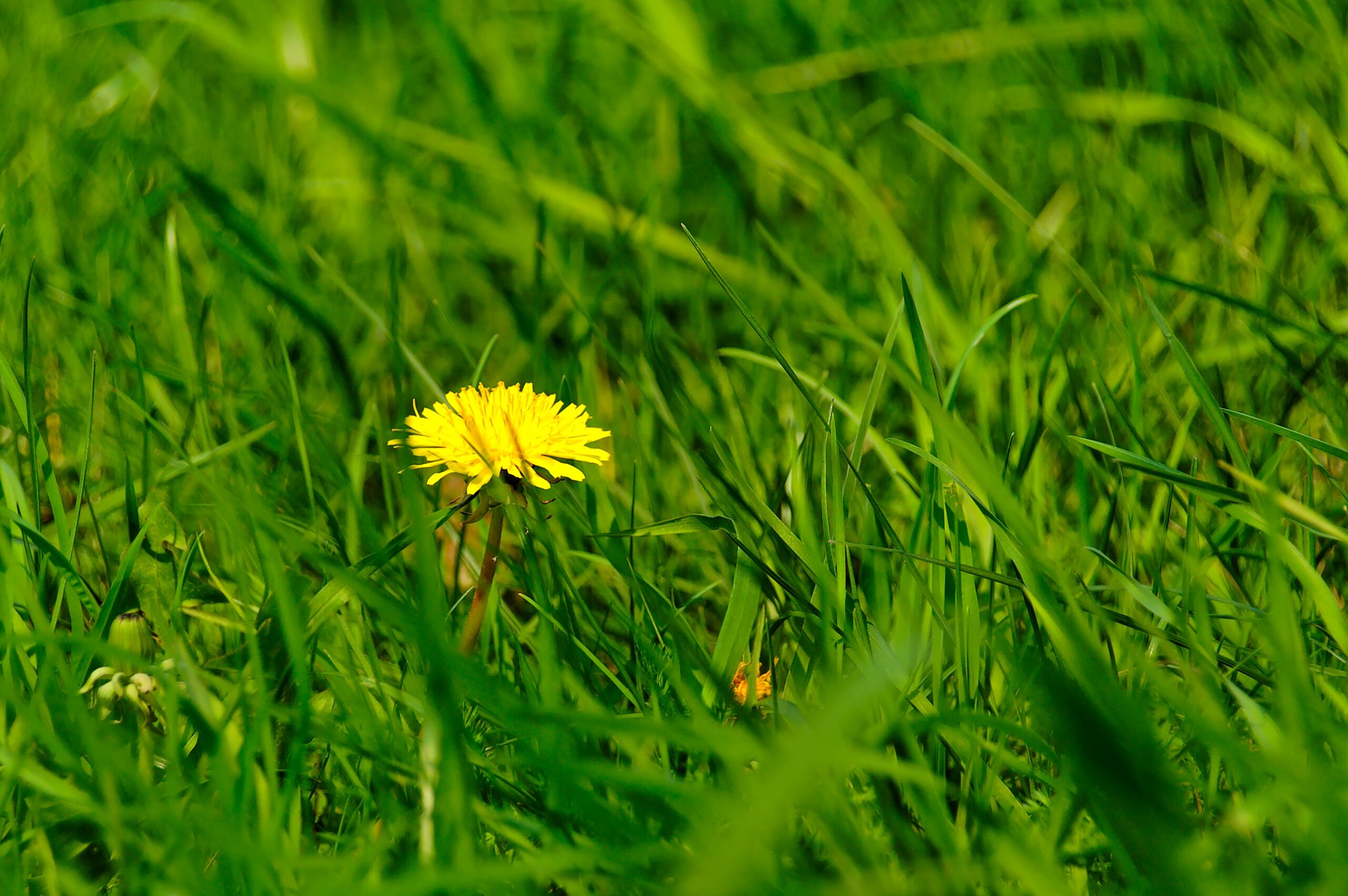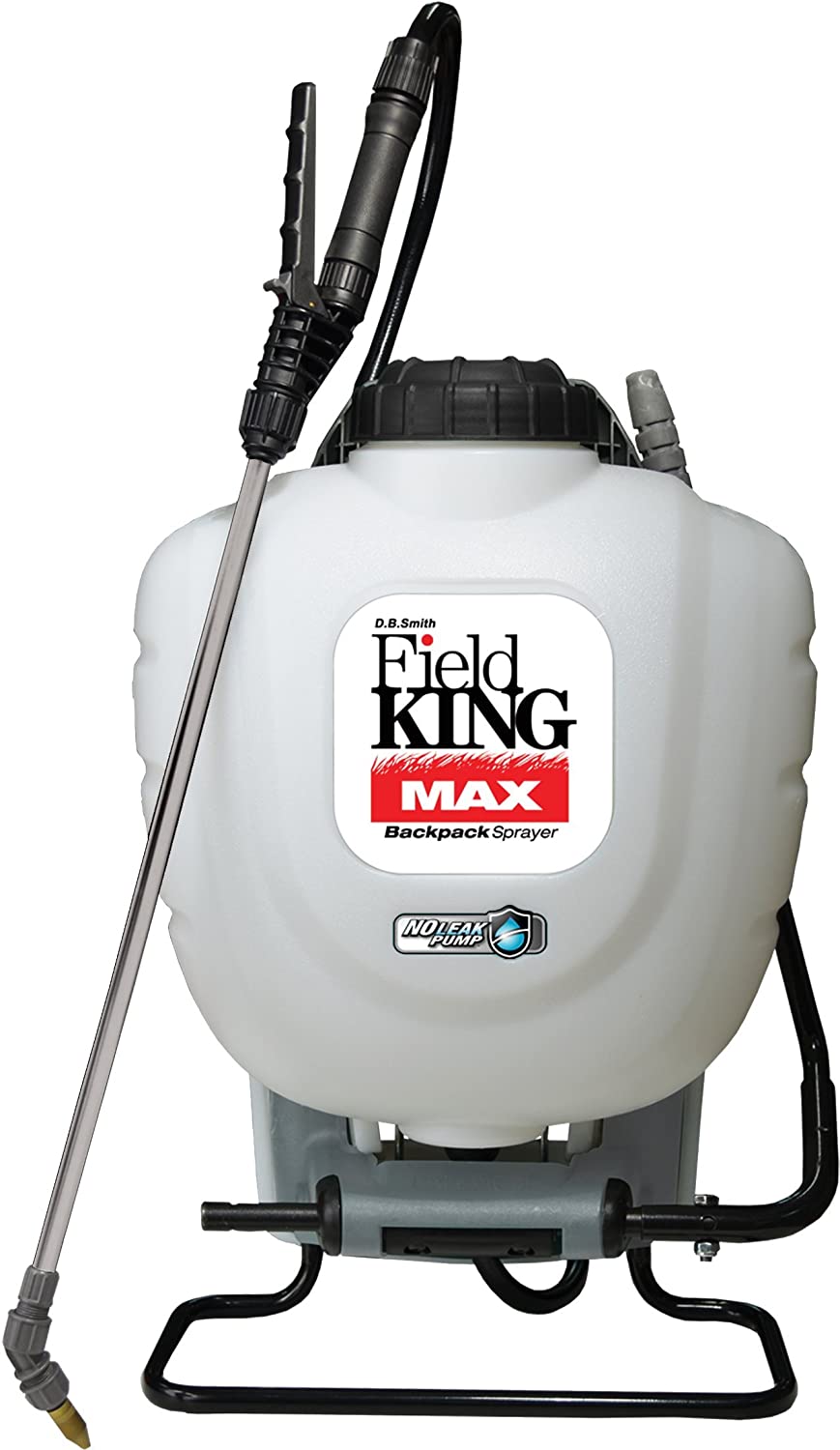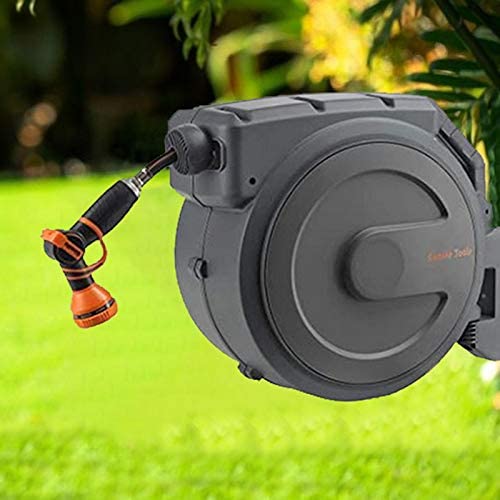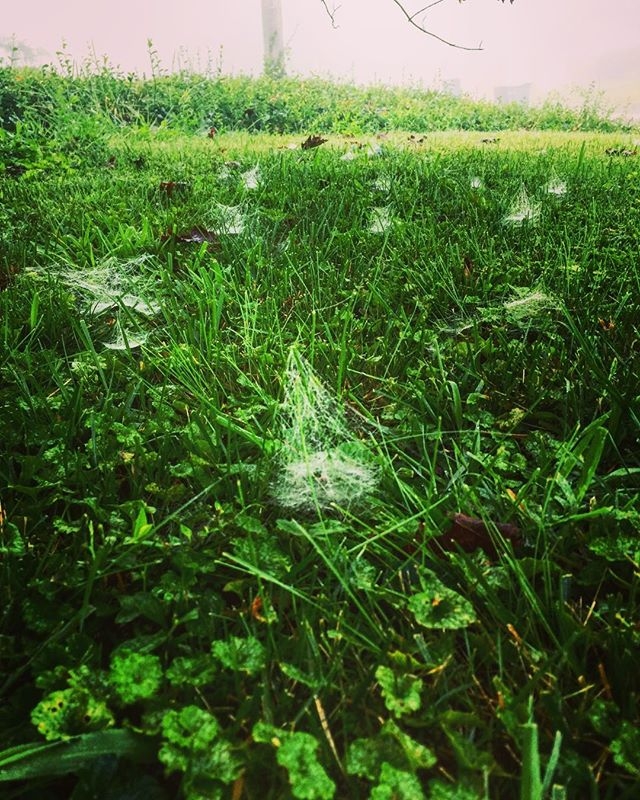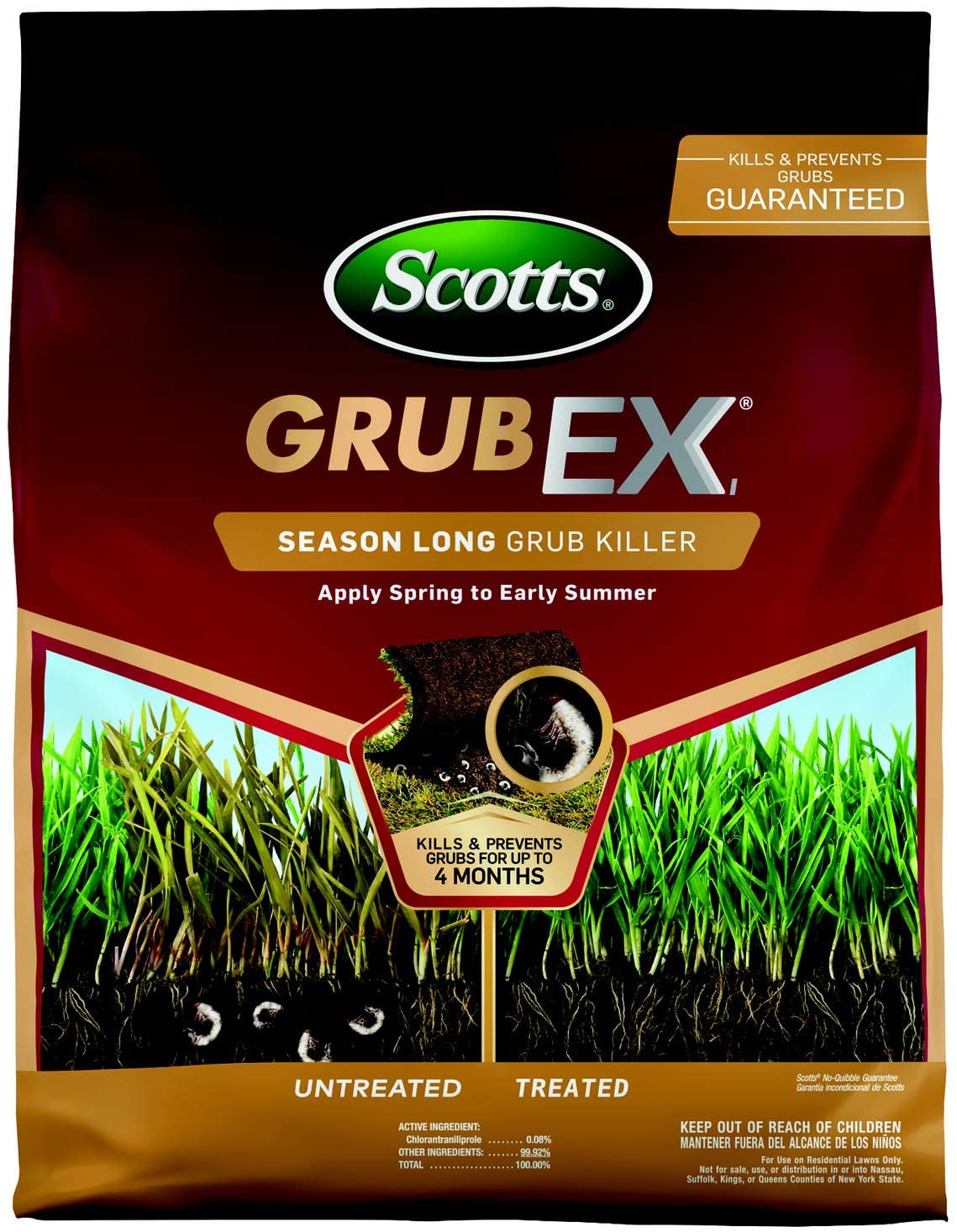What’s The Best Time of Day to Mow The Lawn?
Table of Contents
During the summertime, you will likely hear lawnmowers chugging along at all hours of the day. You might even have that one neighbor who insists on cutting his yard right when the birds begin to sing, or another neighbor who mows just before dusk.
However, some hours of the day are better for mowing than others. There are a few important factors to consider when choosing a time to mow your lawn: dew accumulation, temperature, recent rainfall, time of year, and neighborly courtesy. We’ll go over all of them below so that you can select a lawn mowing schedule that works for you and your yard!
Here’s the quick answer:
The best times to mow your lawn are between 8 and 10 a.m. and between 4 and 6 p.m. These times are optimal to ensure the health of your lawn.
Keep reading below to find out why these times are the best for cutting the grass.
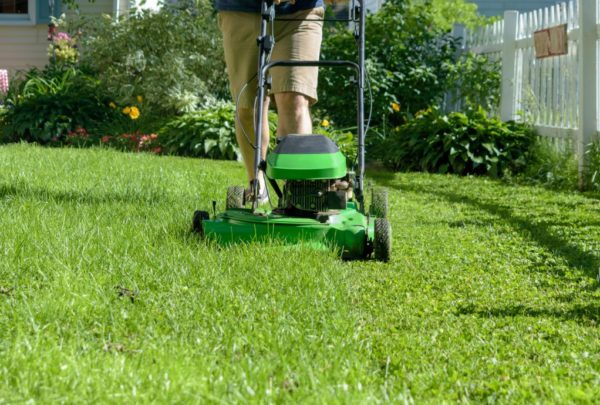
Dew Accumulation
Dew begins to settle in the evening and remains on your grass overnight. Wet grass cuts unevenly and can clog up your mower. For this reason, it’s advantageous to mow your lawn after morning dew evaporates.
Mowing over dew-laden grass also increases your yard’s risk of disease and fungal infections. The moisture allows the fungus to spread on the mower blades and proliferate in the yard. Protect your grass from disease and mow once the dew has evaporated!
Depending on the day’s weather, this can be anytime from 8 a.m. to noon. You can also choose to mow your lawn between 4 and 6 p.m., just before the evening dew settles in.
Dew accumulation tends to fluctuate with the seasons. In the moist spring months, you may find that you have to have to wait until midday to mow your yard. If you live in a dry climate, you may be able to mow your lawn earlier, especially on hot days.
Temperature
Hot temperatures can affect your grass, your mower, and your body in adverse ways. Heat damages your grass and makes it brittle. Mowing hot grass will tear at the turf and break down the plants’ organic structures. It may also disrupt the soil below your seed. This leaves lasting damage throughout your lawn, especially if it happens more than once.
Heat will also have an unfavorable effect on your mower. Hot temperatures cause the mower to work slower and cut less grass. Past this point, the engine may overheat and shut down. The shutdown prevents engine damage, but it stops your mowing process before completion. This may also signal that the heat has caused some engine damage already.
If your mower does overheat, push it to an open area where it won’t come into contact with any flammable or hazardous materials. This may be in a shady part of the lawn or a spacious shed.
Heat can also negatively impact your body. Mowing a large yard can take upwards of an hour, and exposing yourself to high temperatures while being physically active can put you at risk of heat exhaustion or heatstroke. Take care to properly cover yourself while mowing, and mow at cooler hours to minimize risk to yourself.
Recent Rainfall
Heavy rainfall can sometimes keep your grass wet for several days at a time. When storms are frequent, it’s best to wait a few days for the grass to dry before mowing. Like dew, rainwater makes for an uneven cut on your lawn as well as a slow, backed-up mower. Your mower may also leave track marks on the wet ground.
As spring rains begin to subside, summer heat can lead to dry grass. It’s equally important to consider the dryness of your grass before mowing. In arid conditions, grass should be mowed between 8 and 10 a.m., late enough for dew to evaporate, but early enough for the grass to be pliable.
For the most part, guidelines for rainfall follow advice for dew. If the grass is damp, wait until it is dry – but not overheated or brittle – to begin mowing. Your grass may grow a bit taller than usual in this time. If so, that’s okay! An ideal mowing schedule should be flexible and follow the weather patterns and growth of the grass, rather than a set weekly or bi-weekly pattern. Grass growth and moisture change throughout the mowing season, so the same mowing schedule will not be suitable for all times of year.
Time of Year
Grass grows quickest during the late spring months when rainfall increases and days begin to lengthen. During the spring, you will likely have a larger window during the day to mow your lawn, often between the hours of 8 a.m. and 2 p.m., and then between 4 p.m. and 6 p.m. Because temperatures are lower, your grass retains moisture all day without being too wet. You will also stand less risk of overheating your mower and your own body.
In the summer, grass growth begins to slow as temperatures rise and the lawn loses moisture. You will not have to mow as often during these months, but you must be more cautious when choosing a time of day for mowing. The most optimal window is between 8 and 10 a.m.; however, if your schedule does not accommodate this window, you can mow between 4 and 6 p.m. instead.
Courtesy to Your Neighbors
Not only is it unhealthy for you, your lawn, and your mower to mow before 8 a.m. – it’s rather discourteous. Nobody wants to be woken up by a lawn mower at the crack of dawn or kept awake by it in the evening. Neighborhoods are full of lawns that need mowing, and each homeowner must do his part in remaining considerate of his neighbors. Mow during mid-morning or late afternoon to prevent disturbing the households near you.
Key Takeaways
Depending on the factors discussed above, optimal lawnmowing hours can vary between seasons and temperatures. Overall, the best times to mow your lawn are between 8 and 10 a.m. and between 4 and 6 p.m. These hours minimize dampness while still protecting your grass. The day’s heat does not impact your mower or your health, and you can remain courteous to your neighbors.
Mow your lawn at these times for healthy, happy grass!

